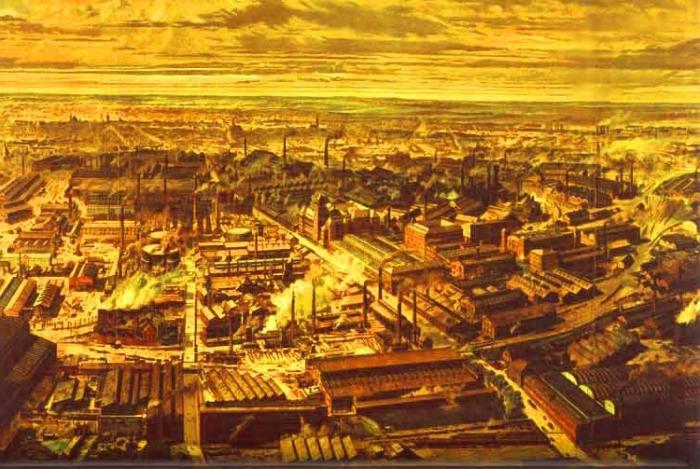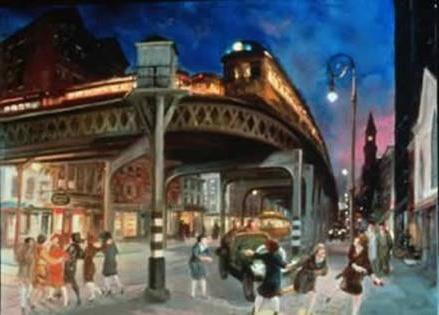Industrial society - the features of its contour line were identified in the first half of the XIX century. It is a society in which industrial production plays a key role in the economy. Compared to traditional ones, where agriculture played the main violin in the economic orchestra, the industrial society is distinguished by a special technological structure, a new philosophy of law and a social structure. From a sociological and political science point of view, it would be more correct to speak of the formation of modern bourgeois states and classical European democracies in it.
Three questions for the old industry
A characteristic feature of industrial society is a new type of organization of the social system, in which the status of professional activity is obtained by politics, public administration and entrepreneurship. At the same time, all three components are intertwined into one explosive tangle when solving three fundamental problems: how to effectively manage natural and labor resources; where to find resources for extensive development; should the modernization of technological resources modernize social relations in society? Thus, an industrial society from a feudal clan system turns into a bureaucratic system, where the issue of management becomes more significant than the problem of maintaining and further multiplying property.
Features inherent in industrial society

- The production system as a basic element of the economy. Elements of production are also manifested in the humanitarian fields - culture, science, art, education. Agriculture acquires the status of a second industry, transforming into a technologically developed and knowledge-intensive branch of the economy.
- Social restructuring of society. The share of agriculture is reduced to 10-15% of GDP. The share of industry is increasing to 50-60%, wage labor is becoming the main form of employment. A new industrial society is emerging. Features of the new sociality: professional specialization, urban population growth, territorial stratification (poor neighborhoods, middle-class space, rich and aristocratic regions), the resettlement of villagers in the city.
- Legal restructuring of society. Industrial society - the features of the new: the creation of constitutional systems, universal suffrage, the transition to parliamentarism (in most countries), the formation of modern party systems that reflect the ideology of conflicting social, the incorporation of personal and group interests into mass ideological movements.
- Cultural and educational revolution. Culture becomes mass and urban, in this sense - bourgeois, and not popular, rural. The Center for Social Development and Mass Communications is a city that dictates its rights to rural areas. General secondary education and the growth of labor capitalization, including due to scientific and technical specialization.

conclusions
As a result, an industrial society, the features of which finally manifested itself in the 30s of the last century, was at a crossroads. On the one hand, the capitalization of social relations made it possible to include additional resources for mobilizing labor. For dominant political groups, this meant strengthening their political status as a “provider” of industrial development. On the other hand, despite the clear liberalization of political systems, the bulk of the citizens were artificially excluded from the production of politics - a professional, but elite occupation. The solution to this problem was hidden in the introduction of the principle of universal equality before the law. But this was done after the Second World War.